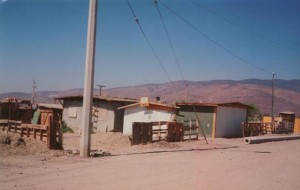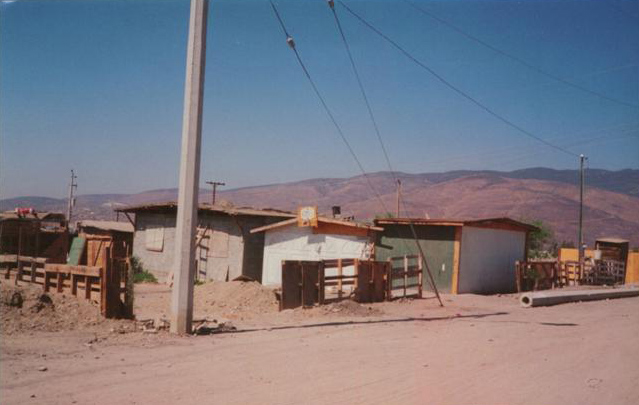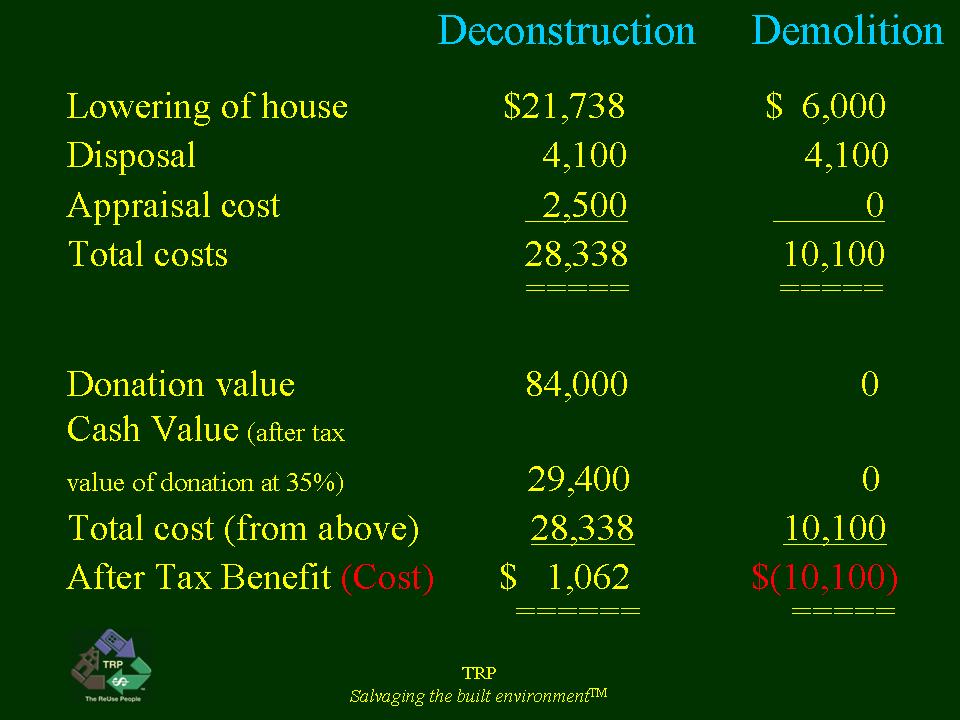
You’ve heard the saying: “One man’s trash is another one’s treasure.” Nothing can be more true when speaking about the actual parts of your house. We reuse and recycle things like plastic to paper without giving it a thought so why should it be any different when it comes to our home?
Various parts and systems of the house can be often reused in other properties and often re-purposed for building homes for the less affluent ones in Bay Area or even across the border. Amazingly, deconstruction can even be more cost effective than plain demolition.
The questions abound… If you are tearing down an old home or a part of it do you demolish or deconstruct? Do you take it to a landfill or would you rather have someone else enjoy your “trash” as their treasure? What’s more cost effective and what’s more reasonable for the environment? Most people believe plain old demolition is the way to go but hold your horses; you may be up for a surprise.
Salvaging means deconstructing the house piece by piece to keep the materials and systems in tact. The advantages can be enormous:
- Salvaging saves embodied energy – the energy that was used in the work of making a product. This lifecycle of each product includes raw material extraction, transport, manufacturing, assembly, installation, disassembly, etc.
- Salvaging can actually improve a standard of living – allows low income members of society to buy materials at a fraction of the cost. This can really mean the difference between a straw barn or a functional house, like in the case of homes in Mexico built from garage doors salvaged from Bay Area and LA.
- Diverts from landfill. According to the EPA, “250,000 homes are slated for demolition across the U.S. each year. At an average weight of 80 tons per home, nearly all of the waste ended up in the landfill. However, by hiring a licensed contractor that specializes in deconstruction, a staggering average of 90% of the tonnage or 75 tons can be diverted either for recycling or reuse.”
Salvaging makes sense in a big way but perhaps the biggest objection to deconstruction is the extra expense. It sure takes longer to painstakingly take things apart rather than have a party with a sledge hammer. So yes, deconstruction is more expensive than demolition but there’s a big BUT… Did you know you can donate the materials to a non-profit and claim a tax donation? This can very often balance out the difference between demo and deconstruction.
Here is a chart that Diana Pell, a lovely lady from The Reuse People, a Bay Area based non-profit that specializes in deconstruction, shared with me a couple of weeks ago:
What materials can be salvaged? Appliances, cabinetry, bricks, doors, flooring, trim, windows, heating and cooling systems, lumber, roof tiles, sinks, plumbing fixtures and much more. Donation acceptance of forced air units, a/c units, toilets, appliances will vary upon age, type of system, unit compliance with Energy Star Ratings & water conservation standards etc.
But the salvaging pros says that deconstructing may not always save you money, especially where projects are not complete deconstructions and rebuilds. Some projects maybe additions or only partial demolition. Your tax write off amounts and your bottom line will depend on your donation value. As an example, an average 2,100 sq foot home in San Jose can have a donation value of about 60K, while a house in Palo Alto can reach 80K to 100K.
The IRS guidelines allows a property owner to take a tax donation up to $5,000 annually without any extra hassle however, exceeding that threshold will require involvement of an independent appraiser that specializes in building material valuations. Also, don’t try to start deconstructing on your own, the job requires a certified deconstruction contractor.
Salvaging and re-using materials is truly the ultimate green. It takes a bit more effort but the added benefit is you go to bed that night with a warm cozy feeling in your belly knowing you’ve done the darn right thing.


 Twenty-Year Old Carbon Neutral Bioclimatic House in Spain Says “America, Where Have You Been?”
Twenty-Year Old Carbon Neutral Bioclimatic House in Spain Says “America, Where Have You Been?” Non-toxic and Sustainable Materials Tour at the Green Pika
Non-toxic and Sustainable Materials Tour at the Green Pika New Passive Solar Greenhouse Design Maximizes Solar Inputs and Reduces Energy Waste
New Passive Solar Greenhouse Design Maximizes Solar Inputs and Reduces Energy Waste
My name is Tony Valera and I am the owner of MAVCO Deconstruction, a Certified Deconstruction Contractor in Northern California.
In the chart above the cost for disposal is more than likely incorrect. If a house is “demolished” the disposal fee is far greater than the disposal fee of a home that is “deconstructed” where materials are salvaged for reuse because, obviously, there is less material to be disposed of.
In my experience (over 16 years), disposal fees for a home that is deconstructed would most likely be around 60% lower than homes that are demolished. Therefore if the disposal fee for a home that is demolished would be $4,100.00 then the disposal fee for the same home home that would be deconstructed should be around $1,640.00 netting the homeowner an additional $2,460.00
For more information contact me at (650)787-3366 or check out our website at mavcodeconstruction.com.
Tony, thanks for a valuable insight. Straight from the pro 🙂 Glad to hear it makes even more sense to deconstruct.
I think deconstruction is wonderful. I find it sad that a home could be demolished and left to sit in a landfill when it could be used for so much more. I did not realize that you could donate materials and claim a tax donation that is interesting.